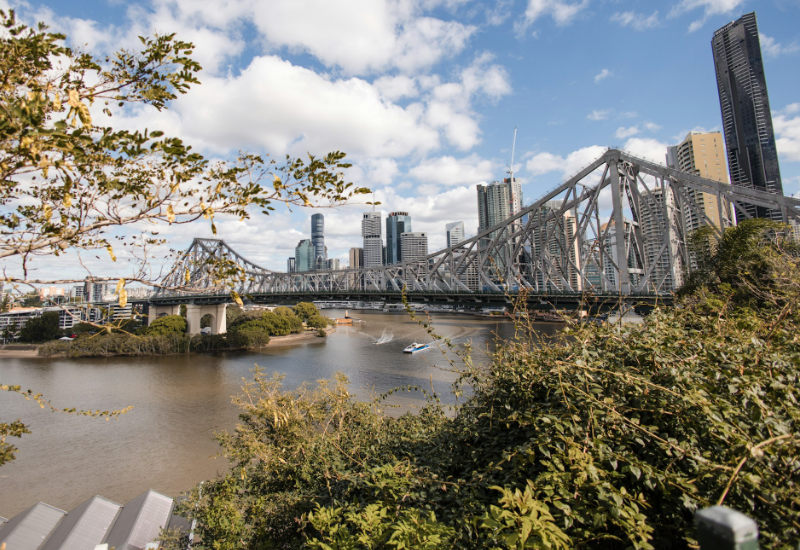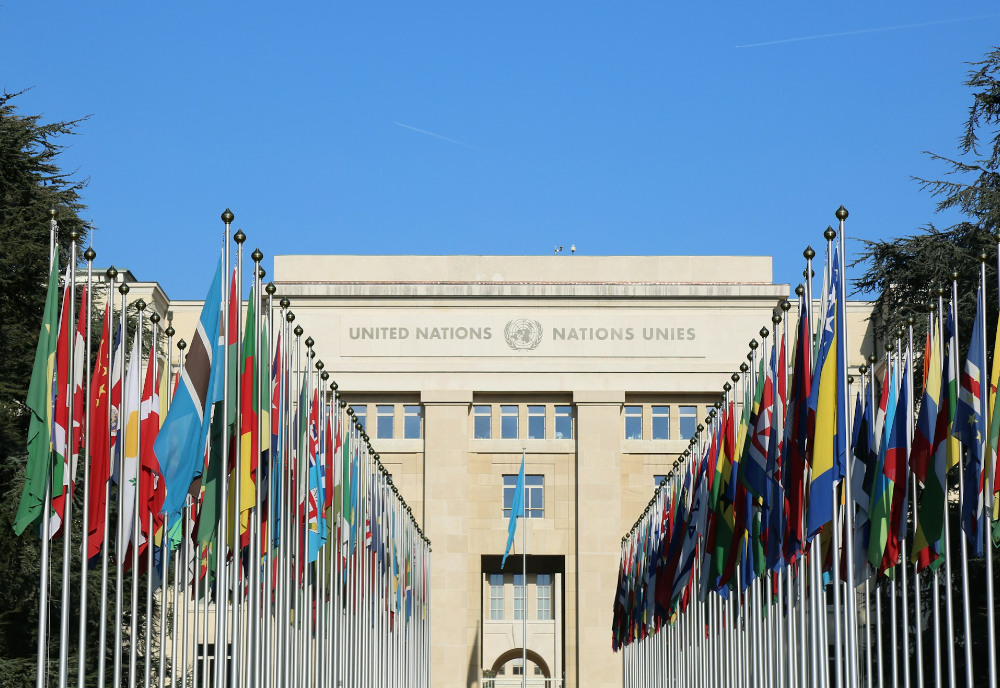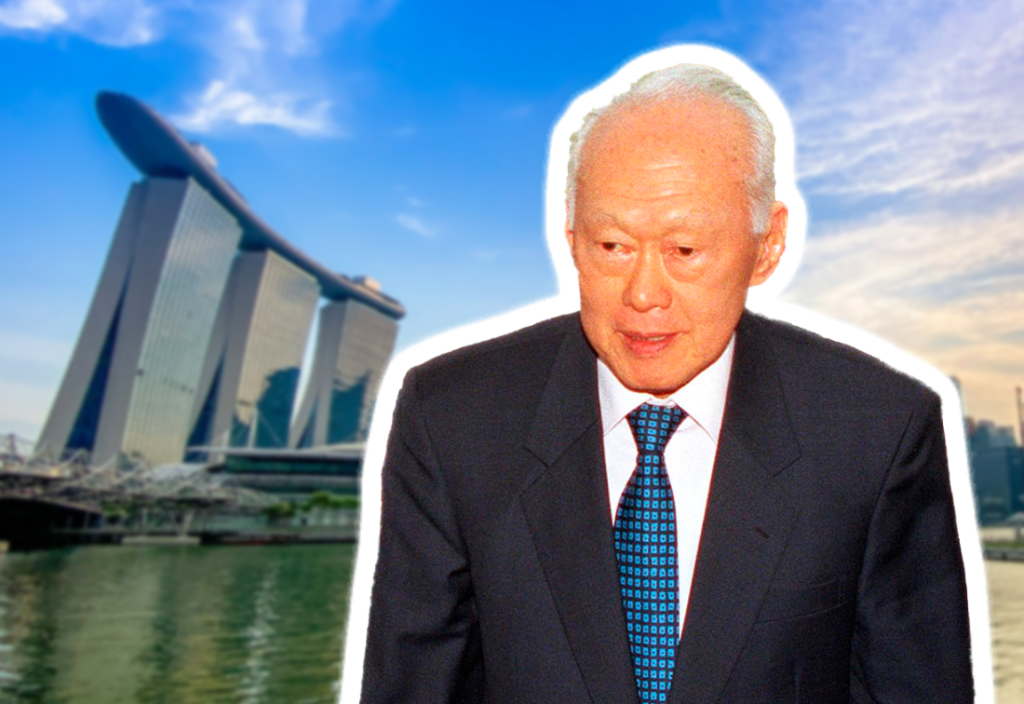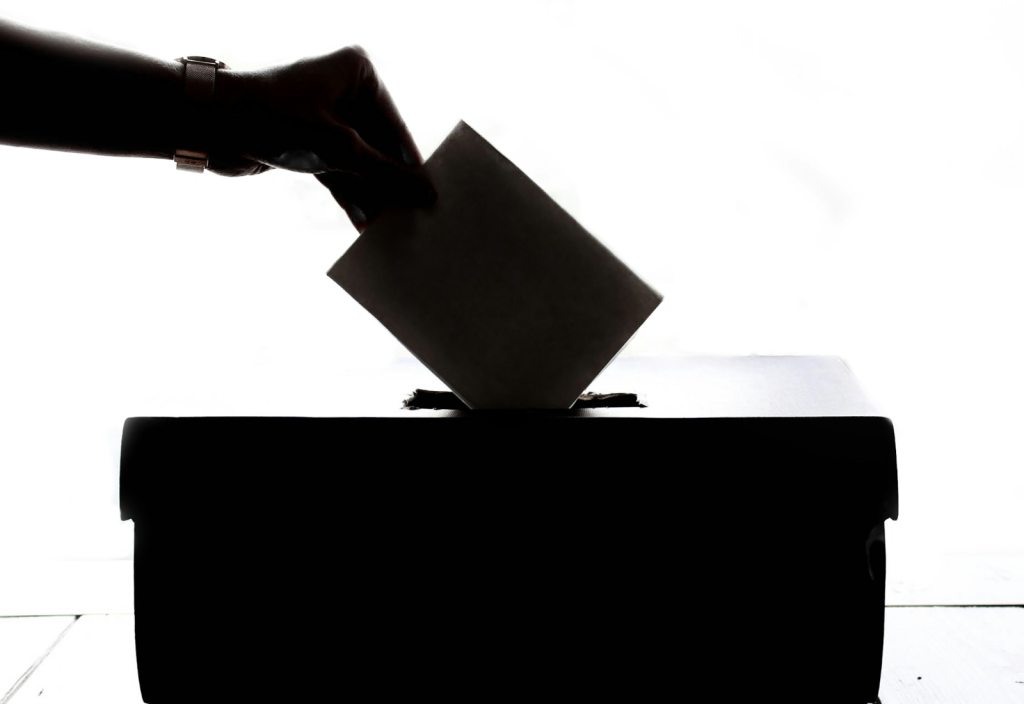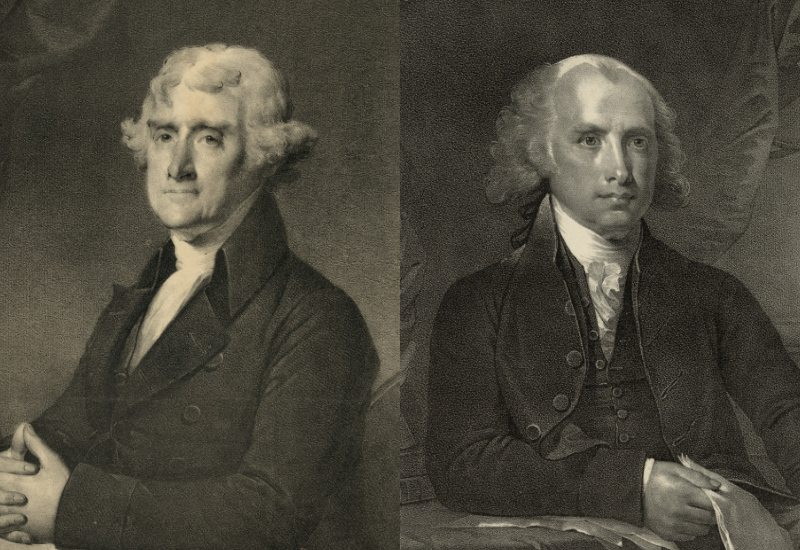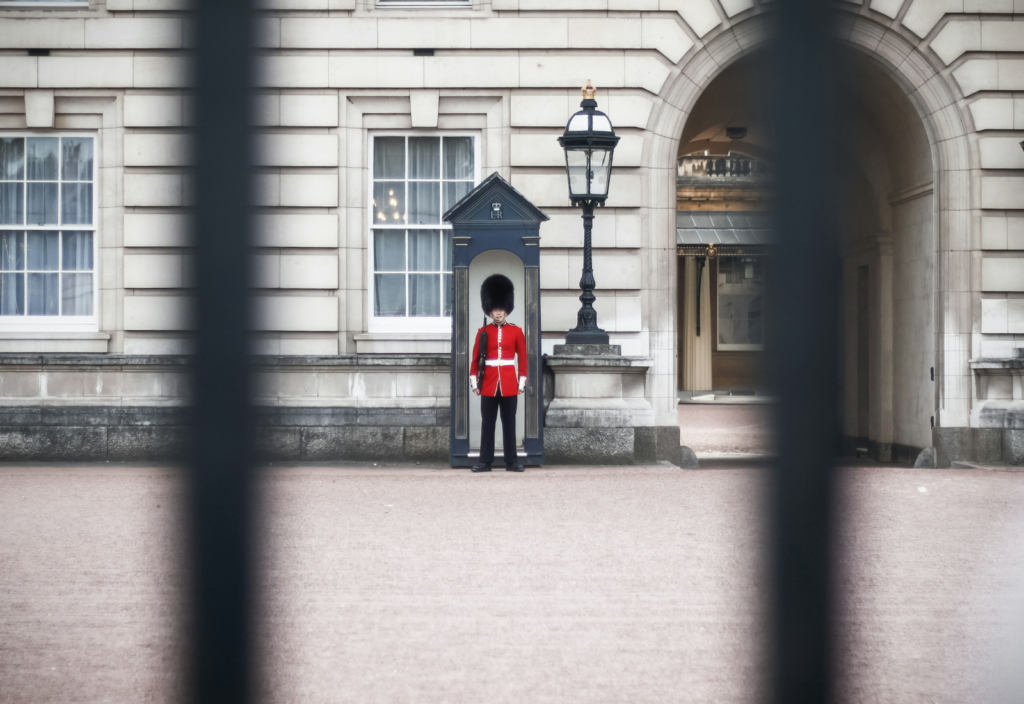This article is part of our ‘A secular Australian future’ feature series to mark the first Secularism Australia Conference, being held on Saturday 2 December in Sydney.
In contemporary terms, a theocracy is a nation ruled by patriarchal religious leaders who interpret and enforce a sacred text, and a nominal parliament with clerical oversight. There is restricted freedom of association, free speech, free media, rule of secular law, or political parties with policies that might contest clerical rule.
That list would define the Vatican, but it describes itself as a constitutional monarchy with the Pope as head of state. Australia is also a constitutional monarchy with the King, the Supreme Governor of the Church of England, in England, as head of state.
That is a clue to religion’s role in Australian government right there.
Our religious King is also head of state of the Australian states, and New Zealand. That is where the comparison ends?
Clerics, for the most part, are not often seen in Australian and New Zealand parliaments debating legislation. But what if religiously committed politicians, or even those that are not religiously committed, participate in passing civil legislation to do with church affairs, and/or criminal issues concerning matters of ‘life, love and death’, as raised by Andrew Denton in his speech to the National Press Club 10 August 2016?
Denton said that, when engaging with state parliaments concerning voluntary assisted dying, he found: “… religious belief trumps everything. This is the theocracy inside our democracy.”
It took decades of the needless suffering of citizens before voluntary assisted dying was passed in Australian states thanks especially to the good work of Denton’s Go Gently organisation and Dying with Dignity.
But what about civil legislation where parliaments formalise the legal and property arrangements of religious organisations?
This has been happening since colonial times in every Australian state. It has flown completely under the radar in political and secular discourse. This entanglement of state and church, which also occurs in the territories, is so mundane it is not reported in the press except when there may be a dispute within churches over property.
What tends to get secular attention is prayers in parliament, but these are the tip of the longstanding religious legislation iceberg.
Here is a striking example from New Zealand.
The Roman Catholic Bishops Empowering Act 1997 was assented to on 28 October 1997. It was introduced by the Hon Richard Prebble on behalf of six Catholic bishops. There was little debate, the legislation was passed on the voices, it was not reported in the media. Mr Prebble made the broad claim, without any detailed justification for it, that:
I am satisfied that this Bill is the only way the Catholic Church can make these amendments. To do it by court would require dozens and dozens of very expensive court cases.
This is a very clear example of a politician acting as a proxy for six bishops and a parliament acting as a proxy court for a church. The New Zealand parliament can engage in this proxy work as there is no complete separation of church and state in its constitutional monarchy. That is also true of Australian states. No state constitution has a clause separating church and state.
Another example of this proxy phenomenon was the 2013 Queensland Law Reform Commission Report, A Review of Religious and Certain Other Community Organisations. This report, to review out-dated acts, was chaired by a judge, four part-time Commission members including three QCs and one other lawyer. They had a supporting secretariat of seven. It was all paid for by taxpayers.
They recommended 14 acts be repealed by the Queensland government. These included acts concerning All Saints Church, the Anglican Church, the Ann St Presbyterian Church, the Chinese Temple Society, the Queensland Congregational Union, the Roman Catholic Church, and the Wesleyans. The acts dated from 1830 until 1977.
In Queensland, the word ‘secular’ was removed from the Education Act in 1910 and it has never been restored. More recently, this year, only the activism of the Rationalist Society of Australia persuaded the federal Labor Party to put the word ‘secular’ back into its education policy after the party dropped it.
So, to maintain the fiction that there is a world of difference between a theocracy and democracy, this structural absence of constitutional separation of government and religion at a state and national level is ignored, together with the functional routine passing and repealing of legislation concerning civil church matters.
The High Court
The entanglement of religion and state is expressed differently at a federal level in Australia, both in the High Court and the government.
The 1981 Defence of Government Schools High Court case allowed federal funding of religious schools, funding that is unconstitutional in the republic of the United States where 90 per cent of students attend public schools. Six judges, who had all been knighted before the case, split hairs over the interpretation of certain words of section 116 of the 1901 Constitution. Two of the judges said outright that s.116 did not mean separation of church and state in Australia, with endorsement from the Chief Justice.
In a public display in Canberra of the cases the Court considers the most noteworthy in its history, the Defence of Government Schools case is curiously absent.
Some 50 years later, Australia now has one of the worst school funding systems in the world. Private schools have become enormously wealthy thanks largely to government funding, while public schools have been made second-class citizens left to try and cope with insufficient funding. There is no political will to change this.
In 2021, our association – the Secular Association of NSW – sought a legal opinion, at significant expense, on the excess funding of a private school with a view to taking this matter to the High Court. We were told we would be highly unlikely to succeed and an attempt to do this case would cost $1 million.
In 2017, the Humanist Society of Queensland sought a legal opinion, at significant expense, on the compulsory prayer the President of the Senate must before the start of business. Again, the opinion, signed off by Bret Walker SC, was that an argument that a compulsory Protestant prayer in the Australian Senate was unconstitutional was very unlikely to succeed.
Furthermore, before the full court of the High Court sits, the Court Crier declares ‘God Save the King!’ When our association questioned the Court about this in 2017, we were told it is “long established Court protocol”. That is, British Christian protocol.
The federal government
Turning to the federal government, symbolically, there is the flag with its Christian Union Jack, prayers from 7.30am to celebrate the opening of a new session of parliament in a Canberra church, attended by the Governor-General, the prime minister and leader of the opposition, who all read a lesson from the Bible in the pulpit, and more 10am prayers in the parliament.
Recently, the President of the Senate, an atheist, asked whether she really had to say the prayer. The answer was she had to say the Christian prayer whether she liked it or not.
So, theocratic prayer is locked into the Senate, and we are asked to believe that government is secular?
In May 2023, the Albanese Labor government legislated for a $40 million grants program to improve security and safety for places of worship, religious schools and associated organisations to support safety upgrades, such as fencing, lighting, security cameras, traffic barriers, alarm systems, access controls and security guards despite the significant wealth of these tax-exempt organisations.
Then there is the matter of special religious education and religious chaplains in Australian public schools, which are treated as ‘mission fields’ by the evangelical providers of chaplains to the schools. These chaplains are paid by the federal government through the chaplaincy providers, creating the possibility of converting children to their faith. Most chaplaincy providers deny or feign innocence about this.
In 2021, the federal government provided eligible religious institutions $1,500-a-fortnight Jobkeeper payments during the Covid crisis for each of their religious practitioners “to perform religious activities”. A clear example of government support of religious activity.
Looking at the composition of the federal parliament, a 2013 publication by the Parliamentary Library about oaths and affirmations found that, at the 2010 election, of the 150 members, 112 swore the religious oath (about 75 per cent). Of the 36 senators elected, 22 chose to swear the oath and 14 affirmed.
All members of parliament at their swearing-in must also swear allegiance to the monarch, a requirement of the Constitution before they can take their seat. A 2017 academic review found that 70 per cent of politicians claim some religious adherence, while in the 2021 Census Christians composed just 44 per cent of the population.
On 21 August 2002, the then Minister for Small Business and Tourism, and later Australian ambassador to the United States, Joe Hockey, was moved to say:
I do not believe, as do some of my colleagues, that it is the role of the government to preach and legislate morality. This is not a church and I am not standing at a pulpit. As an elected representative of the Australian people, it is not my role to exclusively impose my values on others … the parliament is not for moralistic crusades.
Notwithstanding the now highly visible attempts by far-right religious extremists trying to take over state branches of the Liberal Party, and the phenomenon of imported Christian nationalism, as described by Chrys Stevenson, the secular community does not have much information about the behind-the-scenes machinations within political parties that allow so many of the religiously committed, or those affecting a religious persona, achieving preselection for possible election to parliament.
Tax
On tax, it is now well known that churches are exempt from nearly all forms of tax including income tax, company tax, capital gains tax and property rates, yet, as noted above, they still received subsidies to pay for security for their properties.
On 29 June 2010 in a Senate inquiry Senator Cameron asked an officer from the Australian Tax Office:
So, you could worship a fairy at the bottom of the garden … and say ‘that’s my religion. I want tax exemption because that’s my religion’?
The officer replied that if the fairy at the bottom of the garden did:
… fit the guidance of the court as to what a religion is, that would be acceptable.
The ‘guidance of the court’ is, following the 1983 Scientology decision, that if a belief is supernatural, it’s a religion.
Moreover, religions do not have to report their incomes to the ACNC if they qualify as a ‘Basic Religious Charity.’ The Treasury in its 2023 Budget report said that the exemptions for charities, including religions, known as foregone ‘tax expenditures’, are ‘unquantifiable’.
The exemption from tax has facilitated mainstream churches to become multi billionaires even as their adherents have declined dramatically in the Census and their churches sit empty most of the time. Many smaller more extreme religions are also subsidised to become very wealthy.
All of this is justified by the ‘cross-subsidy argument’, the notion that the charitable works of religions compensates from the tax benefits they obtain from the state. We do not know that for a fact as (a) there has never been a reconciliation between the ‘unquantifiable’ government tax expenditures and the relief of community poverty derived from religions’ charitable arms (b) very many religions do no charitable work at all, or a cosmetic amount.
New Zealand
One of New Zealand’s most eminent legal people, the late Sir Ivor Richardson, Dean of the Law Faculty of Victoria University, judge of the High Court and Court of Appeal, Privy Council member, knighted in 1986, said in 1959:
Although there is no established church, and although the various denominations rank equally in law, it does not follow that there is a complete separation of church and state in New Zealand.
In a later 2010 article, published when he was 80, he recognised the constitutional difference between the republic of the United States and the constitutional monarchy of New Zealand:
The purpose of constitutional prohibitions against special or local legislation [in the United States] is to prevent the legislature from providing benefits or favours to certain groups or localities.
Sir Ivor recognised that in the American republic preference given to religions by Congress can be contested in the Supreme Court. To try and do the same in New Zealand would be to run into the maze of constitutional complexity that locks out a secular challenge, as it does in Australia as demonstrated above.
In the 2021 Census, only 44 per cent of the population identified as Christian, but there is no momentum for republican change in parliament, academia, the press or public opinion, though surveys show that if separation of government and religion was raised it would likely get public support.
The national anthem, which is really a hymn, God Defend New Zealand, is subject to little criticism.
Conclusion
Finally, is it asking too much for our supposedly secular governments to drop the identification of government with religion through prayers, the subsidising of religious chaplains instead of qualified counsellors in public schools, the celebrating of key Christian days as public holidays, the image of the religious King on the currency, the supposedly secular full bench of the High Court referring to the Christian God and monarch before it sits, Christian postage stamps, and so on?
In 2014, the Governor-General advised our association that additional religious verses to the national anthem, Advance Australia Fair “may be used in the context of a church service as a hymn” so that the religious who wish to change the anthem for their own private purpose may do so – an advantage that is allowed to compromise protocol concerning the use of the anthem.
Is it setting an impossibly high standard to ask that wealthy, tax-exempt churches conduct their legal affairs concerning property and other matters at their own expense, and that the New Zealand Parliament, and Australian state parliaments, and their legal bureaucracies, should no longer be involved with this?
Is it asking too much for the repeal of the tax and charity laws, rooted in 400-year-old law where the ‘advancement of religion’ is ‘charitable’ and, thus, exempt from tax?
Is it asking too much for New Zealand and Australian state governments to legislate for separation of government and religion, an absence that facilitates state tax exemptions?
The fact of the matter is that our governments are Christian constitutional monarchies, better described as soft theocracies, characterised by government-religion entanglement. That entanglement is what is between theocracy and democracy.
As cited above, Sir Ivor Richardson was right when he conceded that a lack of an established church and legal equality between religions did not amount to a complete separation of church and state. He understated it. There is no effective constitutional separation at all.
This is also true for Australian governments, both state and federal, but it is little understood by citizens in both countries.
Is it asking too much for future Australian and New Zealand republics to be characterised by a separation of government and religion when that referendum question arrives, or will we simply exchange a Christian constitutional monarchy for a Christian republic?
A model secular constitution would be one where it is stated that: (a) religion and the state are separate; (b) there is freedom of belief; (c) there is no support or advancement by any means for any belief, religious or atheist; (d) no belief test for public office.
With that kind of reform Australia and New Zealand could begin to untangle the entanglement between church and state, not for the purpose of ‘driving religions from the public square’, as they often allege in the face of all their privileges cited above, but to create: (a) indifferent secular governments favouring neither religion nor atheism; (b) to redress the opportunity cost of so much revenue being lost for the support of religion, instead of, rather more relevantly, research money for science concerning climate change and other public purposes.
The explanation for a lack of commitment to the separation-of-government-and-religion ideal in Australia and New Zealand goes to the detail of the religious commitments of members of parliament, the lack of a current groundswell of public opinion about the issue, disinterested media, a lack of critical academic interest, and even a lack of commitment from secular groups about the issue.
If you wish to republish this original article, please attribute to Rationale. Click here to find out more about republishing under Creative Commons.
Photo by Marcus Reubenstein on Unsplash.




